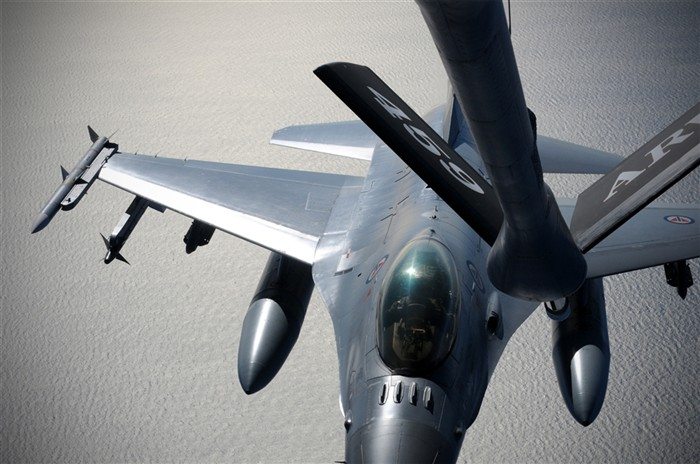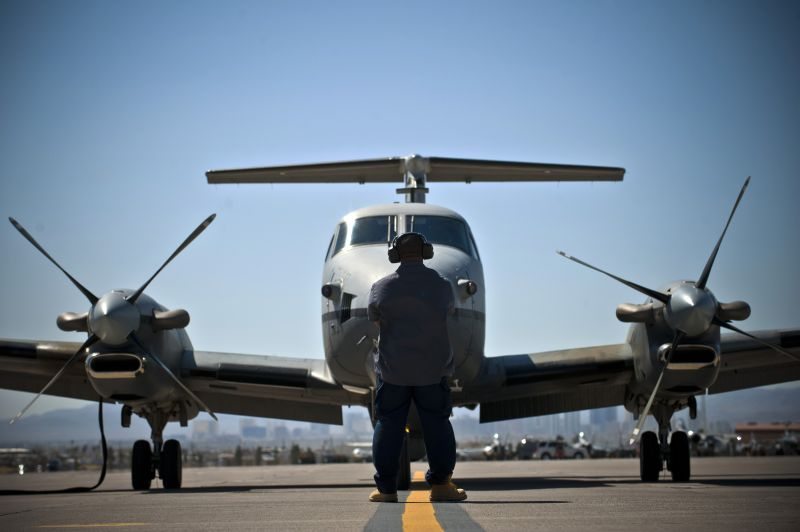The Turkish and U.S. air forces successfully synched a communication system together during the bilateral training exercise Anatolian Falcon 2012 here March 13.
Link 16 is a communication network developed to integrate signal detection into a data transfer shared among all members of the network.
“It’s a way for the jets to communicate with each other without saying anything,” explained Capt. Brian Morrissey, a 480th Fighter Squadron pilot. “Link 16 enables the pilots to monitor battlespace operations at a glance.”
The Link 16-capable aircraft and radar systems share information real time, meaning that as soon as one system detects a threat or ally, all others connected to the network can see the same information. The data is displayed in each aircraft regardless of position in battle or the aircraft’s radar capabilities. Even ground-based radar systems, whose detection range may be farther than the aircraft’s, feed information into the network.
“This is complete interoperability,” Morrissey said of each person’s contribution to the fight. “The system takes small pieces of a puzzle, feeds it together and shares the bigger picture with everyone.”
Morrissey said both nations’ air forces use the system, but the success comes from complete data synchronization.
“The amount of situational awareness it provides is invaluable,” said Lt. Col. Aaron Piepkorn, the 480th FS director of operations. “You can see where other aircraft are, and they can see where you are. To be on the system with the Turkish air force was a tremendous success.”
Until March 13, Turkey and the U.S. had broadcasted the network independently, which splits the data transfer in half. The Turkish airmen could communicate only with other Turkish airmen and the U.S. Airmen only with other U.S. Airmen.
“If NATO allies all play their own game and don’t share data, you can’t get the full picture,” Morrissey said. “It’s one thing to use the Link 16 system intrafleet, but when you can see what everyone is doing, you can more effectively employ your forces.”
Large-force employments, air missions involving a high number of aircraft, require enhanced coordination, said Capt. Ryan Gaffaney, a 480th FS pilot. Radio time is a commodity during missions where more than 20 aircraft share radio frequencies. Link 16 displays information to prevent wasting precious seconds of radio time for situational-awareness updates.
“Having our coalition partners on the link definitely increases our capabilities,” he said. “We can see each other’s’ positions, know what we’re targeting and understand what the entire force is doing — a picture is worth a thousand words.”
Capt. Joe Miranda, 480th FS pilot, said Link 16 enhances situational awareness more than any other tool. The system continues transferring data even when radio communication is not possible, weather decreases a pilot’s visual range or the threats are too far away from an aircraft’s radar range.
“We train to execute our missions without the system,” he continued, “but it is a force multiplier. It brings an already lethal capability to another level.”











